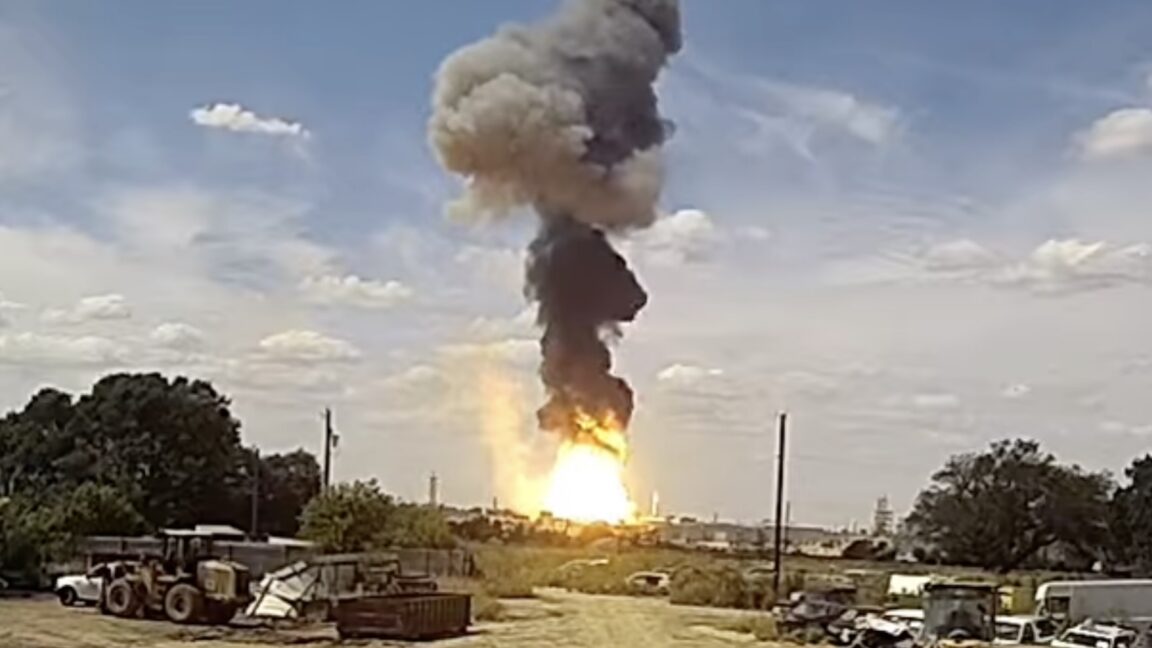
"The booster destroyed Monday was slated to fly on the seventh launch of Firefly's Alpha rocket, an expendable, two-stage launch vehicle capable of placing a payload of a little over 2,200 pounds, or a metric ton, into low-Earth orbit. This upcoming launch was supposed to be the Alpha rocket's return to flight after an in-flight failure in April, when the upper stage's engine shut down before the rocket could reach orbit and deploy its satellite payload."
"But engineers traced the cause of the failure to the first stage, which ruptured milliseconds after stage separation, sending out a blast wave that damaged the upper stage engine. Investigators concluded the most likely cause of the rupture was thermal damage from a phenomenon known as plume-induced flow separation. This occurs when a rocket plume expands at higher altitudes, creating conditions that, in some cases, can draw the hot exhaust plume farther up the vehicle."
"The Alpha rocket flew a higher angle of attack on the April launch than it did on prior missions, exposing one side of the rocket to more heating from the recirculated engine exhaust plume. At stage separation, the thermal damage led to the booster's structural failure. Firefly said it would add a thicker thermal protection barrier to the booster for future missions and reduce the angle of attack during key phases of flight."
An Alpha rocket booster was destroyed Monday; it had been slated for the seventh Firefly Alpha launch. The mission was to return Alpha to flight after an April in-flight failure when the upper stage engine shut down before orbit and satellite deployment. Engineers traced the failure to the first stage, which ruptured milliseconds after stage separation, producing a blast wave that damaged the upper stage engine. Investigators identified plume-induced flow separation and consequent thermal damage as the most likely cause. Firefly plans to add a thicker thermal protection barrier and reduce angle of attack during key flight phases; the FAA cleared Alpha launches. Alpha has two fully successful missions among six launches, with two off-target orbits and two failures to reach orbit.
Read at Ars Technica
Unable to calculate read time
Collection
[
|
...
]